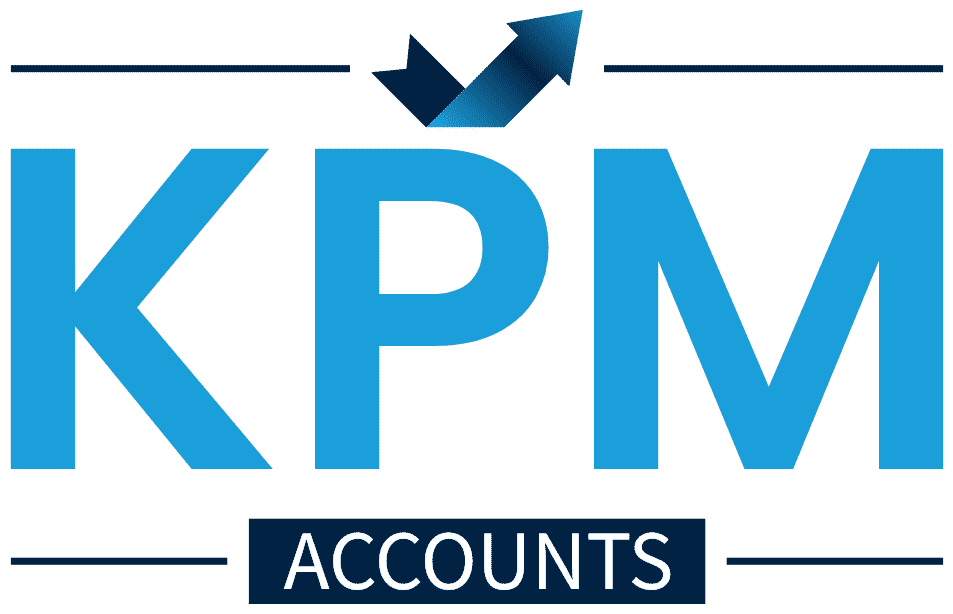What’s new and what you need to know
Dealing with PAYE is one of the main roles of any accounts department, and HMRC has been busy in this area over the past month, meaning there is plenty for businesses to know for the months ahead. One of the most pressing issues is that PAYE Settlement Agreements are due to be completed by October 22 – or October 19 if you want to file and pay by post – and there is a new digital form to help employers meet their obligations.
Employers need to complete this form if they have employees who have “minor, irregular or impracticable” benefits according to HMRC. These could include incentive awards for long-service, telephone bills, non-business expenses for travelling overnight or staff entertainment.
What does this new form do?
The new PAYE Settlement Agreement form (PSA1) has been designed to make it easier for employers to file digitally, which is the preferred method for HMRC. The form provides standardised reporting, improved accuracy, faster processing times which should all result in fewer queries, again according to HMRC.
The new form should create a more streamlined process for employers who need to file returns for employees in this position. For example, in the past a separate paper form would need to be filled in for each employee in a different location. But the new digital form allows you to file a single form for all employees no matter where they are.
Tell HMRC what you need to pay
Using the form means it is also easier for you to tell HMRC what you need to pay. Remember, if you do not do this, then HMRC will do the calculation and you could end up paying more. If you have not got access to the new PSA1 form, then you should contact HMRC as soon as possible and it will tell you what the process is so you can use the new form, which should make filing much simpler.
Don’t be late
It is important to be sure you calculate any money due under the PSA1 and make the payment before the October 22 (or October 19 for paper returns) deadline. If you are late filing, you could face a penalty and pay interest on any amount owed. In the current climate, where energy prices and higher inflation is affecting not just households but also businesses, you should make sure you are not facing any additional charges as a result of poor admin. These are fees that can be completely avoided with the relevant planning.
Pay your PAYE bill through a new variable direct debit plan
Employers can also now take advantage of a new variable direct debit plan which will be available from September 19 onwards. Once it has been set up, you can pay bills including your Full Payment Submission, your Employer Payment Summary, the Construction Industry Scheme, the Apprenticeship Levy, Class 1A National Insurance, and the Earlier Year Update.
Remember to leave yourself enough time for the payments to be taken the first time. You need to leave five working days for the first direct debit to be taken, and then three days for each subsequent direct debit payment. So, get in touch with HMRC as soon as you can if you want to benefit from this plan.
Contact Us – If you need any assistance with your PAYE, then contact us and we will give you all the help, support and information you need.

